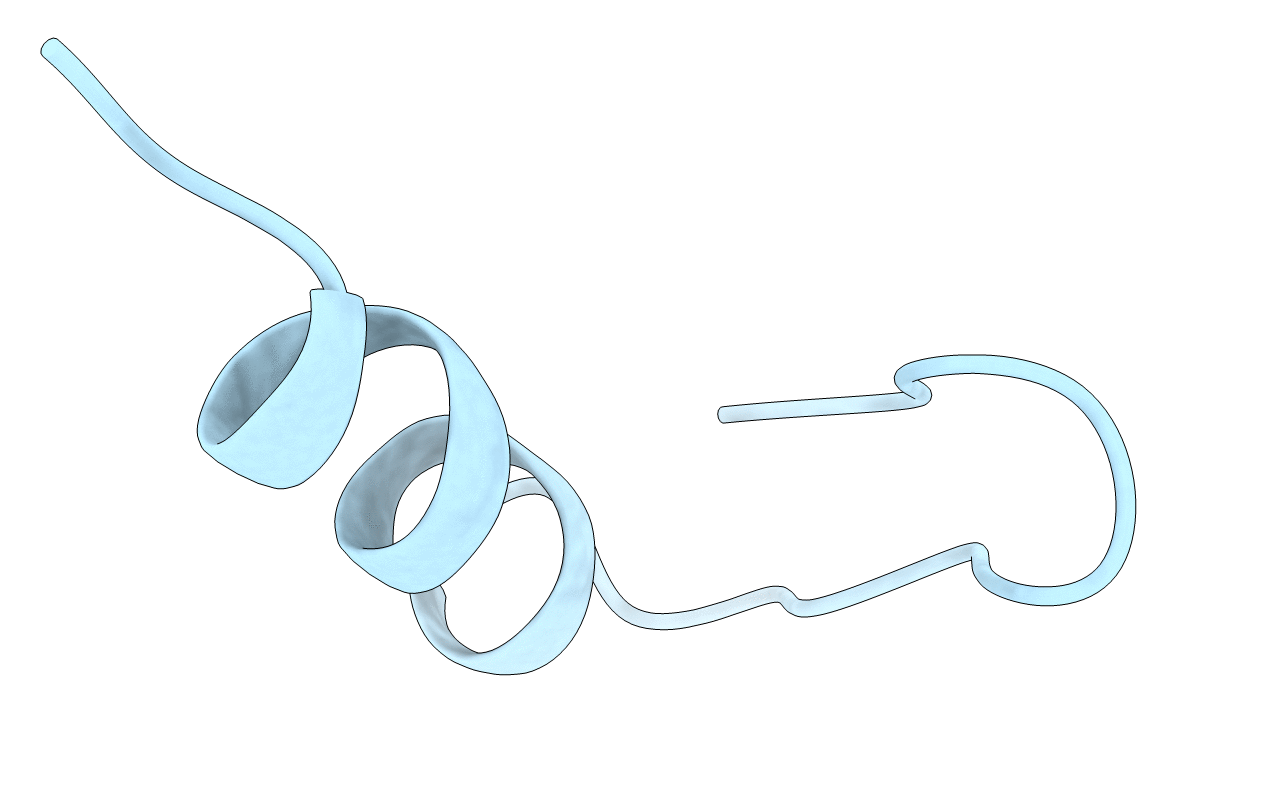
Deposition Date
2004-05-13
Release Date
2004-05-25
Last Version Date
2024-11-13
Entry Detail
PDB ID:
1T8J
Keywords:
Title:
NMR Structure of BBA5, A Compact, Independently Folded BBA Motif
Biological Source:
Source Organism:
Method Details:
Experimental Method:
Conformers Submitted:
1


